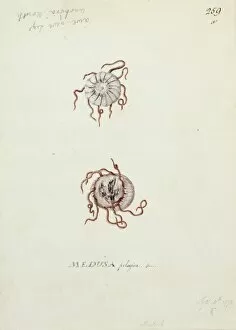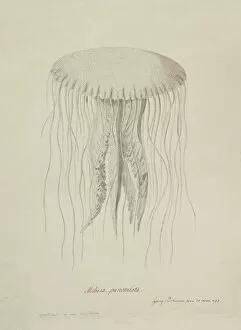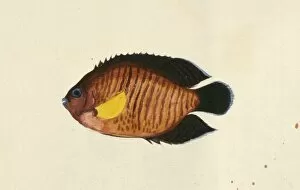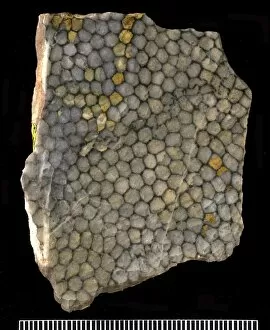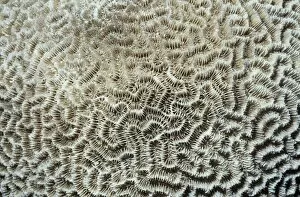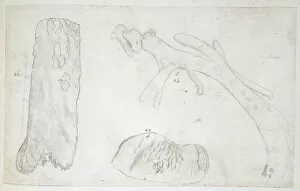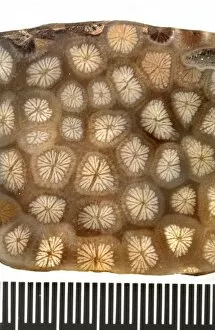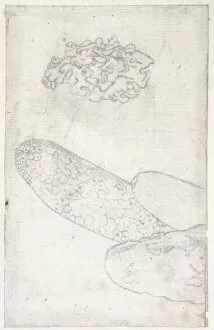Coelenterata Collection (#3)
Coelenterata, a fascinating phylum of marine creatures, encompasses a diverse range of species
For sale as Licensed Images
Choose your image, Select your licence and Download the media
Coelenterata, a fascinating phylum of marine creatures, encompasses a diverse range of species. From the mighty Caiman crocodilus crocodilus to the elusive Anilius scytale, these animals captivate with their unique characteristics. One such captivating creature is Physalia pelagica, commonly known as the Portugese-man-of-war. With its vibrant hues and long tentacles trailing behind it in the ocean currents, this stunning organism commands attention wherever it goes. In fact, an image from Coral Gallery c. 1895 showcases its ethereal beauty. Venturing further inland to Sri Lanka's tea estate reveals another intriguing member of Coelenterata: Physalia pelagica's jellyfish model. This intricate representation highlights the delicate intricacies that make these organisms so mesmerizing. Bunodes ballii and Chrysaora isosceles are two more members of this phylum that deserve recognition for their striking appearances. The sea anemone Bunodes ballii displays a rainbow-like palette while Chrysaora isosceles stuns with its graceful movements and translucent body. Syringopora takes us back in time with its fossilized coral form—a testament to Coelenterata's enduring presence throughout history. Its intricate structure serves as a reminder of our planet's rich past. Carmarina hastata presents yet another remarkable jellyfish model within this diverse group. Its elegant design captures both imagination and scientific curiosity alike. Lastly, Sagartia coccinea graces us with its presence—an enchanting sea anemone found amidst rocky shores or sandy seabeds. Its vibrant red hue adds a splash of color to any coastal landscape alongside Bunodes ballii who also calls these habitats home.





